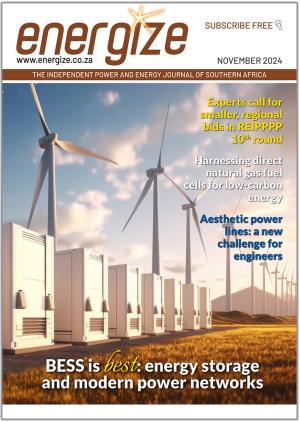Brick manufacturer Corobrik has responded to allegations of coal mining at the Rietvlei clay quarry following a recent Greenpeace petition.
The petition claims that Corobrik is opening a coal mine at its clay quarry adjacent to the Rietvlei Nature Reserve.
Corobrik has refuted the claims, clarifying that the company is extracting coal deposits to ensure the continued operation of the clay quarry. “There is already an established coal mining operation in the area. We have operated our Rietvlei quarry sustainably for 40 years due to our successful mitigation measures,” says Nick Booth, Chief Executive Officer of Corobrik.
After discovering a thin coal seam at the quarry, Corobrik applied to the Department of Mineral Resources and Energy (DMRE) in 2022 for a licence to mine the coal, remove it and ensure ongoing access to the clay reserves.
The DMRE required Corobrik to reapply for the permit and restate the actions it had taken in relation to its original mining licence, Booth said. “In terms of responsible mining practices, our environmental mitigation and planning are not affected. However, storing and removing coal does require additional environmental controls.”
In coal mining, the process involves stripping away all layers above the coal, setting aside topsoil but mixing other layers for backfill, including waste coal. This method is not as eco-friendly as Corobrik’s quarry practices, which generate minimal waste. Corobrik aims to reduce waste by drilling ahead of the quarry to assess clay deposits, limiting the need to remove overburden. The strategy includes managing surface water via trenching, containment and pumping to mitigate environmental impact.
“No water has left the site in the past 40 years due to the berm that surrounds the property. Therefore, acid mine drainage from coal removal is not a concern. Corobrik conducts regular water testing at the site for contaminants and the goal is to reuse the water for dust suppression or manufacturing to conserve this resource,” Booth said.
“In the long term, office complexes and housing developments can be found on rehabilitated quarry sites. Landscaping is carried out accordingly to fill the space. Since backfilling is carried out with old materials, it generally makes the land very usable from a construction point of view. With backfilling, the topsoil is returned with all its seeds present. The grass usually grows back quickly as long as you have a decent rainy season. Generally, the land recovers very quickly,” he said.















